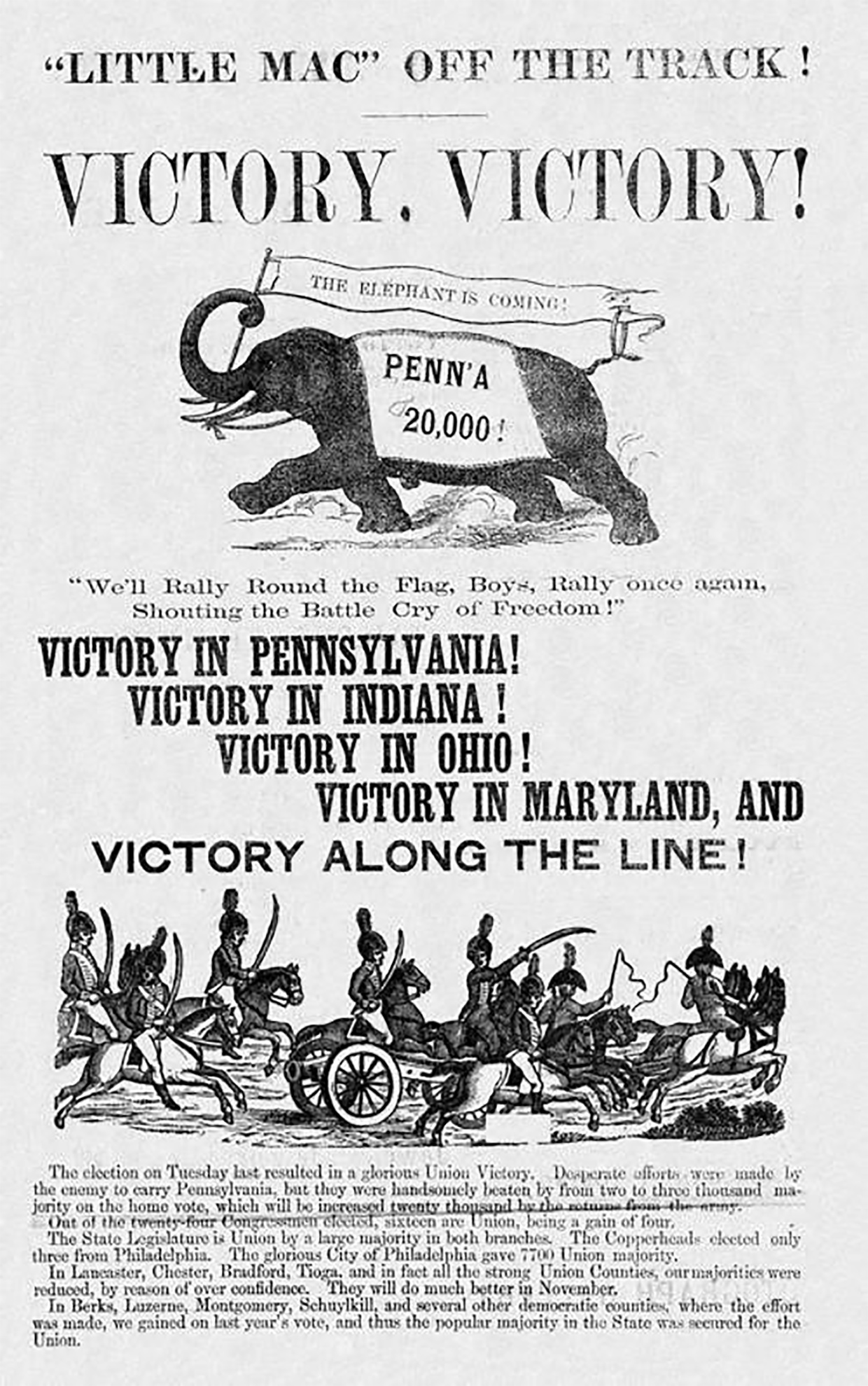The donkey and elephant are the famous symbols of the Democratic and Republican Parties in the U.S. But how did these two animals become linked to the parties? Did the parties choose them through votes or laws? Surprisingly, these symbols came from jokes and political cartoons. Here’s the story of how it all happened.
Democrats: The Donkey
The donkey became linked to the Democratic Party during the 1828 presidential campaign of Andrew Jackson. His opponents insulted him by calling him a “jackass” (another word for donkey) because of his populist ideas—meaning he supported the common people over the elites. Instead of getting offended, Jackson embraced the insult and even used the donkey in his campaign posters to show he was tough and determined.
Later, after Jackson left the presidency, political cartoonists continued to use the donkey to represent Democrats. In one famous 1837 cartoon, Jackson is shown trying to lead a donkey that stubbornly refuses to follow, symbolizing how Democrats refused to be led by the former president. Over time, people started associating the donkey with the Democratic Party, and the habit stuck.
Republicans: The Elephant
The Republican Party’s connection to the elephant began during the Civil War in the 1860s. In a newspaper called Father Abraham supporting Abraham Lincoln’s 1864 re-election campaign as the Republican candidate, an elephant was shown holding a banner celebrating the Union’s victories. At that time, the phrase “seeing the elephant” was popular among soldiers and meant experiencing battle, so the elephant was a strong symbol of war and victory.

Even though the elephant appeared in cartoons a few more times, people didn’t immediately link it to the Republican Party. It wasn’t until later that the elephant became the main symbol for Republicans.
Thomas Nast, Political Cartoonist
The person most responsible for making the donkey and elephant famous symbols of the Democratic and Republican Parties was the political cartoonist Thomas Nast. Nast worked for Harper’s Weekly, a popular magazine of the time. He first used the donkey in 1870 in a cartoon to mock a group of Democrats who were against the Civil War.
In 1871, Nast used the elephant to represent the Republican Party for the first time, but it wasn’t until his 1874 cartoon, “Third Term Panic,” that the elephant became solidly linked to the Republicans. In this cartoon, President Ulysses S. Grant was thinking about running for a third term (this was before the law limited presidents to two terms in 1951). Nast showed a donkey dressed as a lion scaring away an elephant labeled “Republican Vote.” The cartoon warned that the fight over Grant’s possible third term was hurting the Republican Party. After this, Nast continued using the elephant to represent Republicans, and the symbol caught on.
Why These Symbols Matter
It’s amazing that something that started as an insult (the donkey) and a slang term from war (the elephant) became the official symbols of two of the most powerful political parties in the world. Thanks to Thomas Nast and his clever cartoons, these animals are now a permanent part of American politics.
Tag(s) : "Biden" "Democrat" "Democratic Party" "Harris" "parcours citoyen" "politics" "president" "primaries" "Republican" "republican party" "Trump" "U.S. elections" "U.S. politics" "U.S. president" "Vance" "White House"





